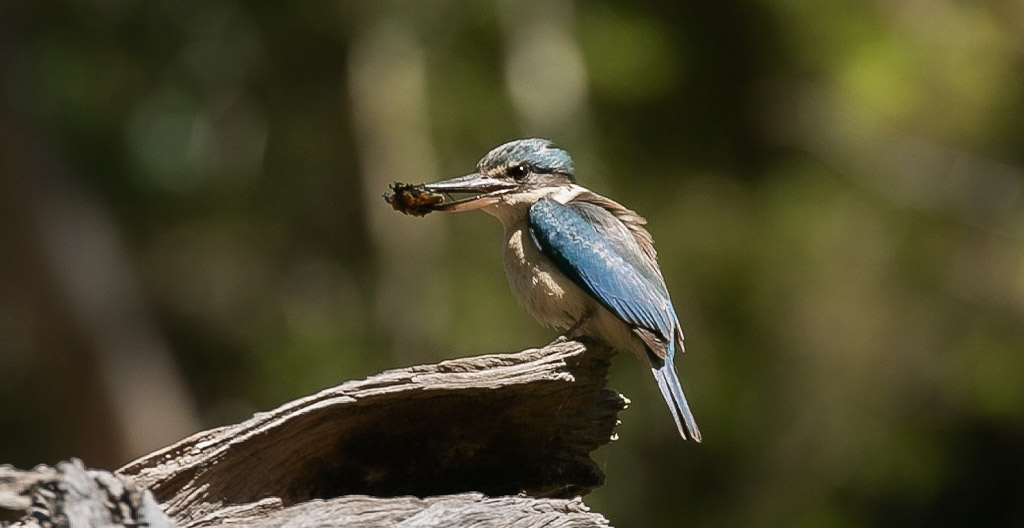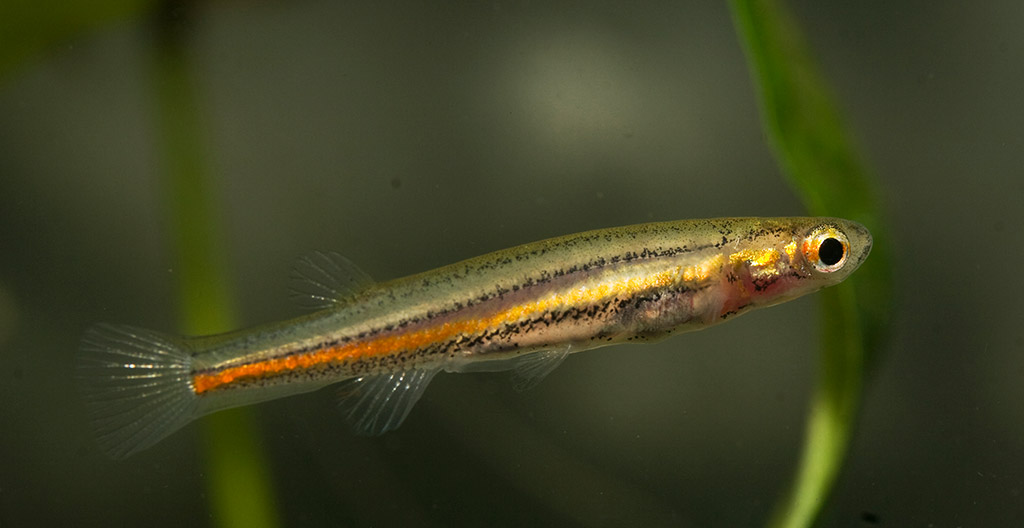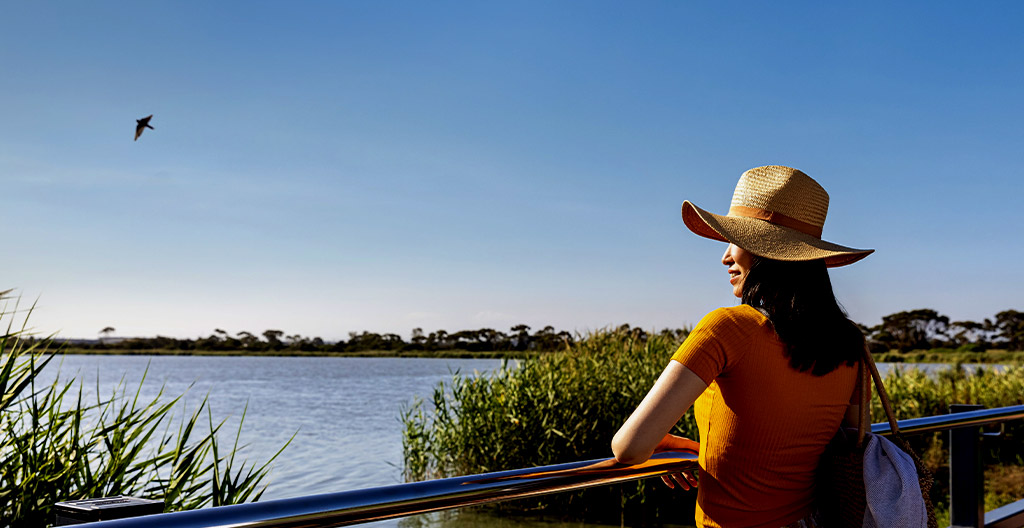Key values are easily recognised as being part of what we appreciate about waterways and are representative of a broader range of environmental, cultural, social and economic values that we care about.
Environmentally, waterways provide habitat for plants and animals and are critically important in sustaining much of our region’s biodiversity.
Socially, waterways are important for our wellbeing. They provide places to escape the busy urban landscape, to bird watch, to fish for food, to actively commute, to meet friends and family, to exercise and connect with nature. They provide cool and shady spaces during hot weather, and water for swimming and boating.
Culturally, waterways are places of memories, ancestral and spiritual connection, and connection to country.
Economically, waterways provide benefits through provision of drinking water to towns and cities, water for livestock and irrigation for crops and pleasant places for travel, tourism, hospitality purposes and boat mooring.
The Healthy Waterways Strategy aims to improve key values
The nine key values are a sub-set of waterway values that have been chosen as representative measures of a broader range of values. By undertaking actions to improve the key values we improve all environmental, social, cultural and economic waterway values, thereby paving the way to achieve the overarching vision of the strategy.
Values are supported by waterway conditions
The health of waterway values is supported by a range of waterway conditions. Rivers, wetlands and estuaries have a different set of conditions that support their specific key values.
Waterway conditions are what we are aiming to improve through actions outlined in the strategy (performance objectives). Some examples include establishing vegetated buffers, removing fish barriers, reducing litter and improving flow in rivers.
It can take a long time to see changes in key values
Key value targets are set with a 50-year outlook. Some on-ground actions can rapidly change waterway conditions but may still take a while to benefit the key values. For example, removing fish barriers works quickly to connect habitat for fish allowing for improved range and genetic diversity that will eventually strengthen populations.
However, most on-ground actions require many years to result in changes in waterway condition and even longer to improve values. For instance, new vegetation planted along waterways will take many years to provide shade, and even longer to contribute to tree hollow habitat or provide a natural source of instream debris for fish breeding.
Monitoring the health of values and conditions lets us understand the drivers and responses to the changes occurring within our region
Data to inform our understanding of the health of the waterway values is collected regularly and assessed at mid-term and near the end of the 10-year strategy. Because it takes time for on-ground actions to improve some values we do not necessarily expect to see rapid improvements over the life of the strategy. We will continue to monitor and add information to existing data sets to assess progress over the longer term.










